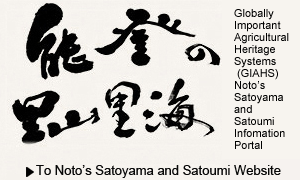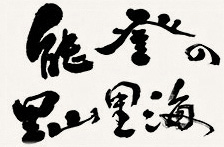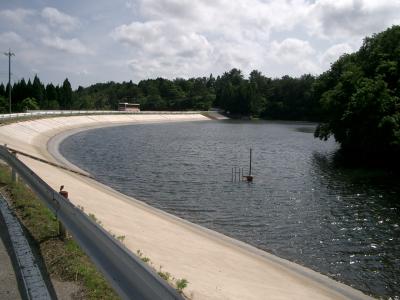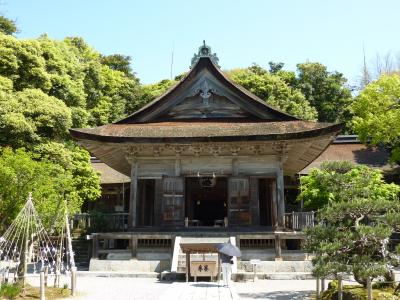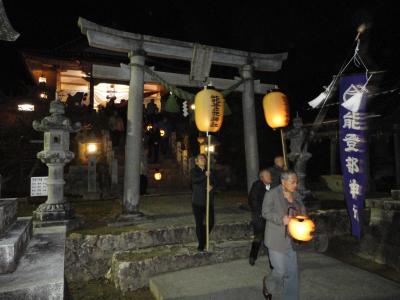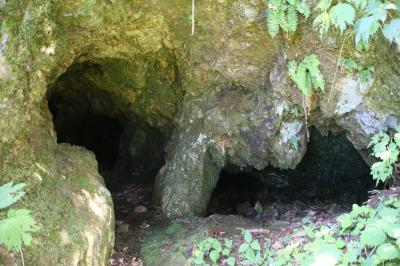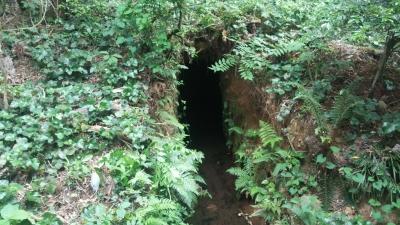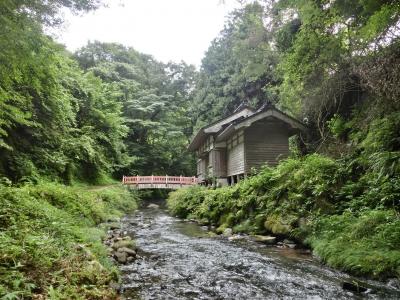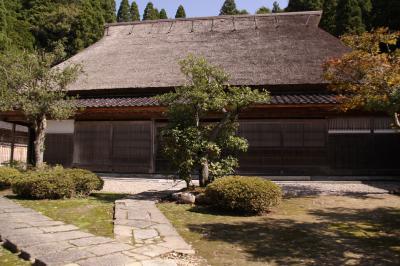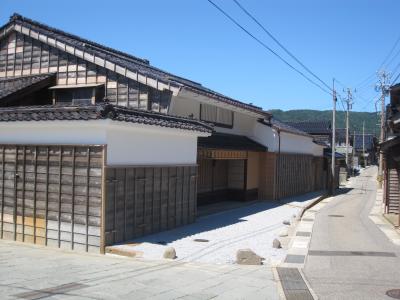
Name
Wakayama-no-sho
Address
Noto-machi, Suzu City
Category
History
Class
Landmark
Age
11th century~16th century
Comment
Located in Suzu County, Noto Province, this used to be the largest shoen (private estate) in Noto, stretching from the western part of the current Suzu City to the entire area of the former Uchiura Town. It has its origins in 1143 in the late Heian period, when Minamoto no Toshikane (the Lord of Noto)’s son Suekane donated it to the Empress Dowager Fujiwara no Kiyoko (Kôkamon-in), out of respect for her as a member of the head family of his clan. At the same time, he tried to secure ryoke shiki (rights as a shoen holder) and asked for protection of the land. According to the “Noto no Kuni Densu-mokuroku” (rice field record), koden (state-owned rice fields) covered 500 cho (one cho = about one hectare) of land in the third year of Shokyu (1221), which means that it was probably one of the largest-scale tracts of land among all shoen and kokuryo (provincial domains). Honke shiki (head-family rights) were passed down from Kokamonin to the Kujo family, and ryoke shiki to the Hino family. Local warrior families like the Uchinami, Honjo, and Matsunami families managed shoen. Back then, a lot of Suzu-yaki pottery was produced within the shoen, and distributed to places as far away as the Tohoku region via Toyama Bay.
Views
Access number:7466

